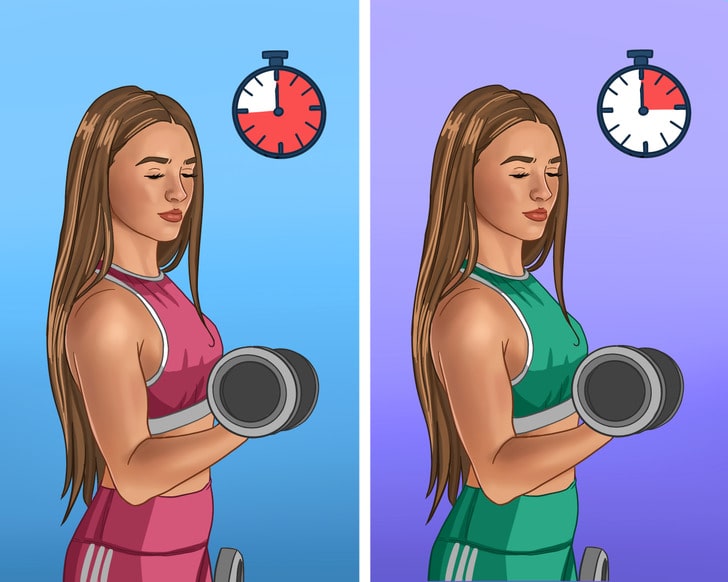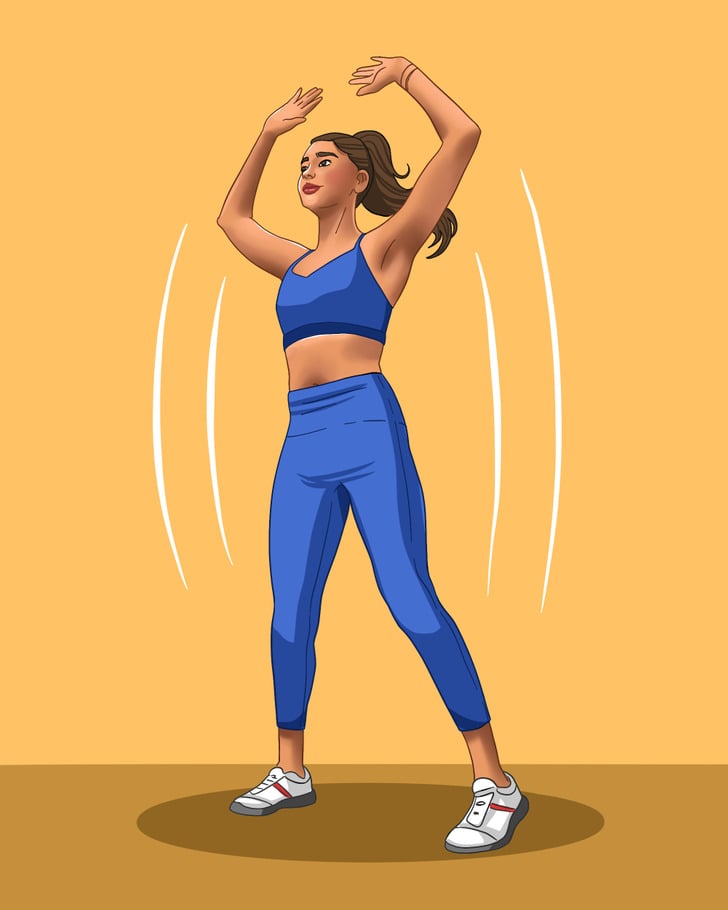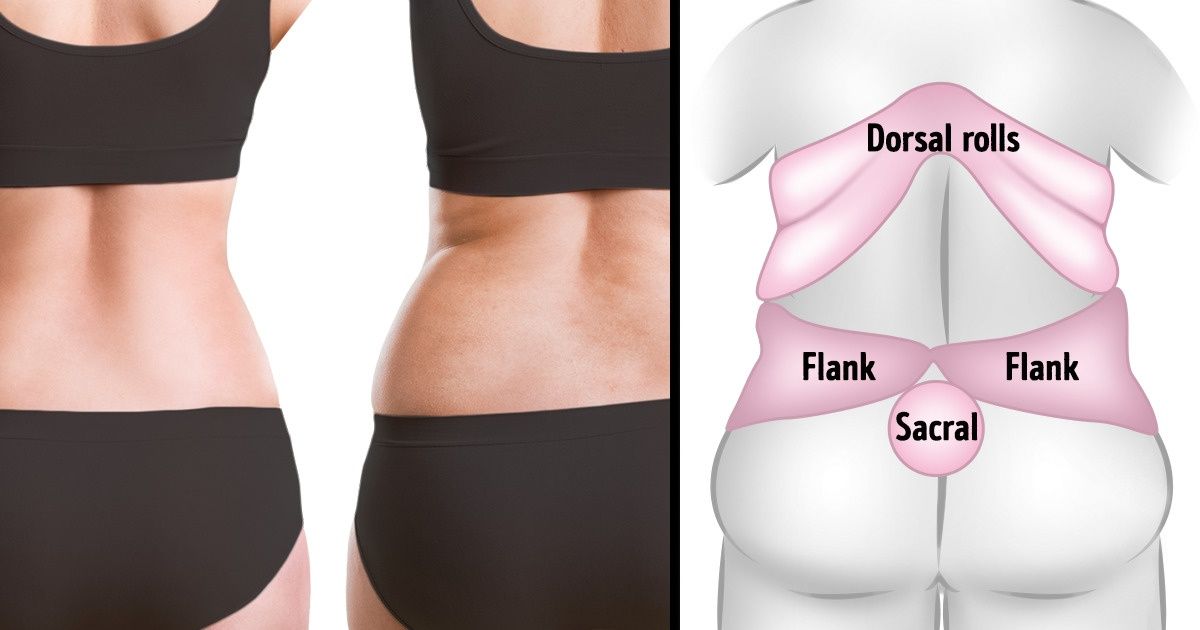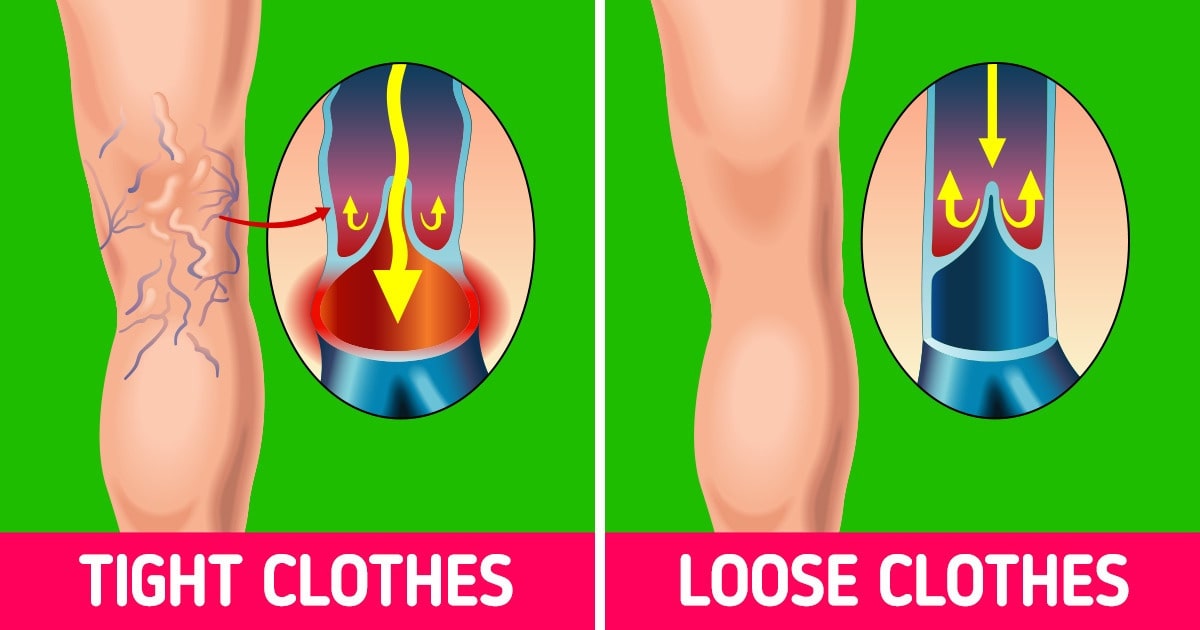In today’s fast-paced world, finding time for fitness can often feel impossible. However, a new study has introduced a revolutionary idea: enhancing your strength in just 3 seconds a day. While the concept may sound too good to be true, this innovative research challenges conventional exercise regimens by proposing a hyper-efficient, micro-workout that may offer surprising benefits.
This article explores the details of the study, examines its potential benefits, and provides insights into integrating this approach with your existing fitness routine. For further credibility, we reference authoritative sources such as Harvard Health Publishing and Mayo Clinic.
A Study Shows a 3-Second Exercise Could Improve Strength – Exploring the Science Behind Micro-Workouts

Recent scientific inquiries suggest that even ultra-short bouts of exercise can trigger neuromuscular adaptations beneficial for strength. The study proposes that a focused 3-second movement, when performed consistently, can lead to measurable improvements in muscle engagement and neural activation. These micro-workouts are designed to maximize intensity in a brief period, targeting fast-twitch muscle fibers responsible for power and strength.
The Underlying Mechanisms
Researchers believe that the key to the efficacy of the 3-second workout lies in high-intensity activation. During this brief period, muscles are exposed to a surge of electrical impulses that stimulate contraction, much like the burst of energy observed in high-intensity interval training (HIIT). This approach aligns with findings in exercise physiology which indicate that short, intense efforts can promote strength gains by enhancing motor unit recruitment. For a deeper dive into these mechanisms, check out insights from Harvard Health Publishing on exercise science.
High-Intensity, Low-Time Commitment
The growing popularity of micro-workouts is partly fueled by the modern lifestyle. Busy professionals and fitness enthusiasts alike are drawn to the idea of achieving benefits without committing hours in the gym. By integrating a 3-second exercise into daily routines—whether at home, at the office, or during a break—the promise of improved strength with minimal time investment is undeniably attractive.
Real-World Applications
While the exact exercise protocol in the study may still be under review, athletes and everyday fitness enthusiasts are already experimenting with similar high-intensity techniques. Bodyweight exercises, such as explosive push-ups or power jumps, can be modified to fit the 3-second model, potentially creating a rapid stimulus for muscle adaptation. More detailed insights on effective exercise protocols can be found on Mayo Clinic’s exercise guidelines.
It Doesn’t Really Replace Regular Exercise – Understanding Its Role Within a Balanced Fitness Regimen

Despite the promising findings, experts caution against viewing the 3-second exercise as a standalone solution. While it can serve as an effective supplement, especially for strength gains and neuromuscular activation, it is not a substitute for comprehensive fitness practices that include cardiovascular endurance, flexibility, and balanced strength training.
Complementary, Not Alternative
The concept of a 3-second workout works best when integrated into a broader exercise routine. Full-body workouts, aerobic activities, and stretching are essential for long-term health, mobility, and overall cardiovascular fitness. The 3-second exercise is a tool—a potent method to give your muscles an extra boost—but it cannot replace the holistic benefits that come from regular, varied exercise regimens.
Synergistic Benefits with HIIT and Strength Training
High-intensity interval training (HIIT) and traditional strength training engage different energy systems and promote various physiological benefits. The 3-second exercise can be incorporated into a HIIT routine as a “power burst,” adding variety to your workout and challenging your muscles in new ways. This strategy not only maximizes fat loss and muscle gain but also improves metabolic function—a critical factor in weight management and overall health.
Combining the best of both worlds, such as a 3-second explosive push-up within a HIIT circuit, can offer enhanced neuromuscular benefits and improved endurance. For detailed HIIT protocols and fitness tips, Forbes Fitness is an excellent resource to explore.
Limitations and Practical Considerations
It is important to note that the study’s findings represent an exciting area of research rather than a fully validated replacement for standard exercise. Experts emphasize that fitness is multidimensional. While neuromuscular activation is significant, cardiovascular health, flexibility, and muscle endurance require more sustained activity. As such, fitness aficionados should view the 3-second method as a dynamic addition to their routine rather than a complete workout plan.
Integrating such micro-workouts can be particularly useful for those days when time is extremely limited, or as a “warm-up” to prime the muscles for more strenuous activity. Understanding how to balance these short bursts with other forms of exercise can maximize performance and long-term health benefits. For more insights, articles on Healthline’s fitness section provide a comprehensive overview of diversified exercise routines.
The People That Can Benefit – Who Should Consider Incorporating the 3-Second Exercise?
The innovative 3-second workout approach offers potential benefits for a wide audience, but it is particularly advantageous for certain groups. Recognizing who stands to gain the most can help tailor fitness recommendations and ensure safety while maximizing effectiveness.
Busy Professionals and Entrepreneurs
One of the primary target demographics for micro-workouts is busy professionals. With packed schedules and limited time, even a 3-second burst of exercise can serve as a quick way to boost energy, enhance alertness, and promote better circulation. When incorporated during brief intervals—like between meetings or at workstations—this method provides a momentary spike in strength and focus without the need to commit extensive hours to physical activity.
Athletes and Fitness Enthusiasts
For athletes and individuals already engaged in regular training, a 3-second exercise can serve as an effective supplementary tool. It offers a novel way to enhance explosive power and overall muscle activation, which can translate into improved athletic performance. By strategically integrating these micro-exercises, athletes may experience gains in speed, agility, and strength, further complementing their existing fitness regimens.
Older Adults and Beginners
Interestingly, some research suggests that even older adults or beginners in the realm of fitness could benefit from such highly focused muscle activation. When performed correctly and safely, a short burst of strength training may help combat muscle atrophy and improve functional strength. However, it is essential for these individuals to consult with a healthcare provider or a certified fitness trainer before incorporating such practices into their routine. Guidelines and safe exercise tips for older adults can be found on the National Institute on Aging website.
Rehabilitation and Injury Recovery
In rehabilitation settings, micro-workouts like the 3-second exercise might serve as an excellent means of re-engaging muscles that have been weakened by injury or surgery. Such controlled, brief exercises can help patients regain strength without overloading vulnerable joints or tissues. This approach is often used alongside more traditional therapeutic exercises to ensure a balanced recovery. For more details on exercise in rehabilitation, you might look at research summaries from PubMed.
Integrating the 3-Second Exercise into Your Daily Routine
To maximize the benefits of this groundbreaking concept, it’s essential to strategize its integration with your current lifestyle. Below are some practical tips and step-by-step guidelines on how to include the 3-second exercise safely and effectively into your daily routine.
Start Slow and Listen to Your Body
Even though the exercise is brief, it is still crucial to start slowly. Begin by incorporating one 3-second burst into your routine and gradually increase the frequency as you become more comfortable with the movement. Always listen to your body and adjust the intensity accordingly.
Focus on Form and Technique
Proper form is key to obtaining the desired benefits without risking injury. Consider consulting a fitness coach or using online video guides to ensure you’re performing the 3-second exercise correctly. Proper alignment and controlled movement can amplify the exercise’s impact on muscle activation and strength.
Combine with Complementary Workouts
Rather than relying solely on the 3-second exercise, consider blending it with other strength and cardio workouts. For example, start your routine with a 3-second explosive movement followed by a set of traditional strength exercises such as squats, push-ups, or deadlifts. This combination can create a well-rounded workout that targets both explosive power and endurance.
Track Your Progress
Keep a journal or use a fitness app to track your progress over time. Monitoring improvements in strength, endurance, and overall well-being can help you adjust your regimen and stay motivated. Additionally, tracking serves as a valuable record that can be shared with fitness professionals if you seek personalized advice.
Expert Opinions and Future Implications
The emergence of a 3-second exercise as a potential quick-fix for strength enhancement has not gone unnoticed by fitness experts worldwide. Although the concept is still relatively new, preliminary feedback from the scientific community and fitness professionals appears optimistic. However, most experts agree on the importance of a balanced fitness approach. While this micro-workout can provide a novel stimulus for muscle fibers, it is unlikely to replace the diverse spectrum of benefits offered by traditional exercise routines.
Broader Implications for Exercise Science
The idea that a mere 3-second burst could initiate neuromuscular adaptations challenges traditional exercise paradigms and could pave the way for further research into micro-workouts. Researchers are particularly interested in whether such brief, intense exercises might be incorporated into rehabilitative programs or used to complement high-intensity interval training. As the field of exercise science evolves, these insights could lead to innovative approaches that improve both performance and accessibility to fitness for people of all ages and abilities.
What the Experts Say
Fitness authorities stress that while these findings are fascinating, they should be approached as an addition rather than a replacement for established health practices. Experts from Mayo Clinic and the American Council on Exercise continue to advocate for a balanced exercise regimen that includes strength training, cardiovascular workouts, and flexibility exercises. These balanced approaches ensure overall health, injury prevention, and long-term sustainability in any fitness program.
Final Thoughts: The Promise and Reality of the 3-Second Exercise
The idea that you can improve your strength in just 3 seconds a day is both innovative and alluring. It represents an exciting frontier in fitness research where efficiency meets scientific rigor. However, while the prospect of micro-workouts offers incredible promise for busy professionals, athletes, older adults, and rehabilitation patients alike, it is crucial to recognize that this approach is best used as a complement to, not a substitute for, a comprehensive exercise routine.
The broader takeaway is clear: achieving peak performance and long-term health is a multifaceted endeavor. Whether you’re integrating short bursts of high-intensity exercise into your daily schedule or following a robust training regimen, consistency, proper form, and a balanced approach remain the pillars of success.
By staying informed through reputable sources, listening to expert advice, and customizing your fitness routine to meet your unique needs, you can harness the benefits of both traditional workouts and innovative approaches like the 3-second exercise. In doing so, you unlock the potential to not just get stronger, but to do so in a smart, sustainable way that fits seamlessly into your busy life.
For further reading on innovative fitness methodologies and to stay updated with new research, consider exploring resources such as Harvard Health Publishing and Healthline. Their up-to-date articles and expert opinions can offer ongoing inspiration and guidance as you navigate the evolving landscape of fitness and wellness.







